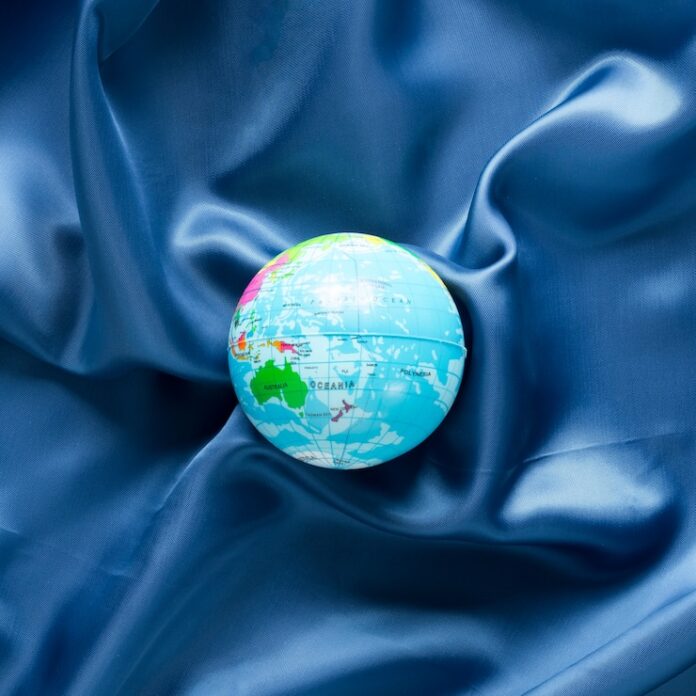The Fastest Fibre in South Africa provides a faultless internet experience that allows for high-speed data transfers. Even if you do not have a fibre connection to your home, you still use this technology whenever you visit a website, since the bulk of the internet is built of fibre.
It’s that excellent!
But how fast is fast? How does the speed of the Fastest Fibre in South Africa compare to other internet connection types? There are a lot of alternative ways to measure internet speed, but let’s focus on the most popular: download speed.
What is the best download speed
When you have the best download speed, complaints such as “it’s buffering” come to an end. A fast connection line is determined by your download speed (or bandwidth), and fibre is the uncontested winner in this category. The standard requirements for streaming an HD video is 5Mpbs and upwards, so if that’s your major need and you have anything less, you are defiantly going to have a lot of complaints. The right internet speed is essential if you have teenagers or more than three people in the household. There’s a possibility that everyone is going to be on the internet at the same time and teens are Bandwidth vampires, so you are going to need something a little more than 5Mbps. It’s advised that each Bandwidth Vampire requires an Extra 10Mbps. So, if you have 3 teens in your household you will need an extra 30Mbps.
Now speed doesn’t only help with good viewing pleaser, but it helps with productivity as well. Downloading large files can take forever on a bad line, impacting on how much work you actually get done. Downloads that take hours or days on slower connections may be completed rapidly on a fibre line. This is an even better reason for you to get the Fastest Fibre in South Africa. Let’s break down line speeds using a 1GB file. Downloading a 1 GB file on a 10Mbps line will take you 14mins. It will take you 7min on a 20 Mbps line and 3mins on a 50 Mbps line then 42 seconds on a 200Mbps line. In essence, the more you deal with films, software, and other massive files, is the more you’ll need a high-speed fibre connection that will save you more time in the long run.
What is the velocity?
When inquiring about the speed of an Internet connection, most people refer to the download speed, but fibre is swift in other ways as well. fibre-optic cables transmit data at the speed of light, in contrast to several other connection methods, meaning less buffer times, less glitches for those content heavy presentations.
In what more ways is fibre fast?
Upload speed is a key measure of internet speed, and yet again, making the Fastest Fibre in South Africa far more superior. While the vast majority of online activities rely mostly on download speed, live streaming and video calling capabilities require a high upload speed.
With connections such as cable and the vast majority of DSL subscriptions, upload speeds are much slower than download rates. A cable connection with a download speed of 1 Gbps may only provide an upload speed of 35 Mbps. Whereas Fibre gives you up 200Mbps.
Is fibre better just because it is faster?
The Fastest Fibre in South Africa is obviously popular due to its speed, but it also offers other key advantages. It is less susceptible to latency, there’s no throttling because it’s less vulnerable to overload when everyone is on the line at the same time, and it has the same upload and download speed so you can download or upload large files within minutes.
Fibre optic transmissions span a greater region.
The Fastest Fibre in South Africa uses Fibre-optic cables that enable the transfer of signals over larger distances without losing quality, unlike other traditional connections. DSL and dial-up internet use copper telephone wires to transmit electrical signals. The signal drops quality as it travels through these lines. Even in the early days of DSL, the internet’s backbone has always depended on fibre-optic connections to transport data across long distances.
Coaxial cables are used by cable networks; they are made of copper, much like telephone lines, but are protected from interference by a woven copper layer. The shield enables the wires to carry high-frequency electrical impulses with little signal degradation.
Instead of using electrical impulses, a fibre-optic cable carries data through varying light wavelengths. Various light sources, from low-powered LEDs to strong lasers, may be used to generate fibre networks. Some of them have a data transmission range of 4,000 kilometers without losing any significant signal quality.
The Fastest Fibre in South Africa is thus a better alternative for network infrastructure than copper or coaxial cables.
Get the fastest Fibre in South Africa today: https://getvumafibre.co.za/







